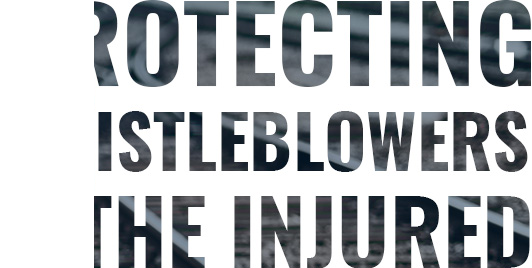Toxic inhalation hazard (TIH) chemicals are raw substances often transported through railroads for various industries, including mining, manufacturing, agriculture and pharmaceuticals. These chemicals could have toxic fumes, such as chlorine gas and anhydrous ammonia.
Railroad transport might be the most efficient way to deliver these raw materials. However, they could put railroad workers at risk. The rail system is ideal for keeping the supply chain for these materials crucial to treating wastewater, making PVC pipes, formulating fertilizers and manufacturing hygienic products, such as shampoo. Still, transporting these toxic substances remains dangerous despite industry safety standards.
These mechanisms are still prone to errors, potentially causing accidents. Even a minor issue could release these toxins into the air, affecting workers and nearby communities. One accident could cause grave consequences, potentially leading to injuries and even fatalities. Additionally, a rail accident could leak these toxic substances into the environment, causing potentially irreparable damage to local flora and fauna.
These incidents could also result in extensive costs for medical care and other necessities to mitigate damages. Leaders in the rail transportation industry acknowledge these concerns, forcing service providers to conduct risk management initiatives. These entities also collaborate with transportation experts to improve their facilities and railways’ safety.
Protecting railroad workers with proper implementation of industry safeguards
Aside from development, railways use speed limits and inspections to keep TIH chemical transportation safe and secure. These systematic efforts could significantly reduce the risks of railroad accidents.
Additionally, lawmakers also create and enforce policies to regulate the use of rail transportation for these dangerous chemicals. Other methods to address TIH chemical risks could require long-term planning and development. Still, these safeguards are in place to protect railroad workers and the public from potentially deadly railroad accidents.

